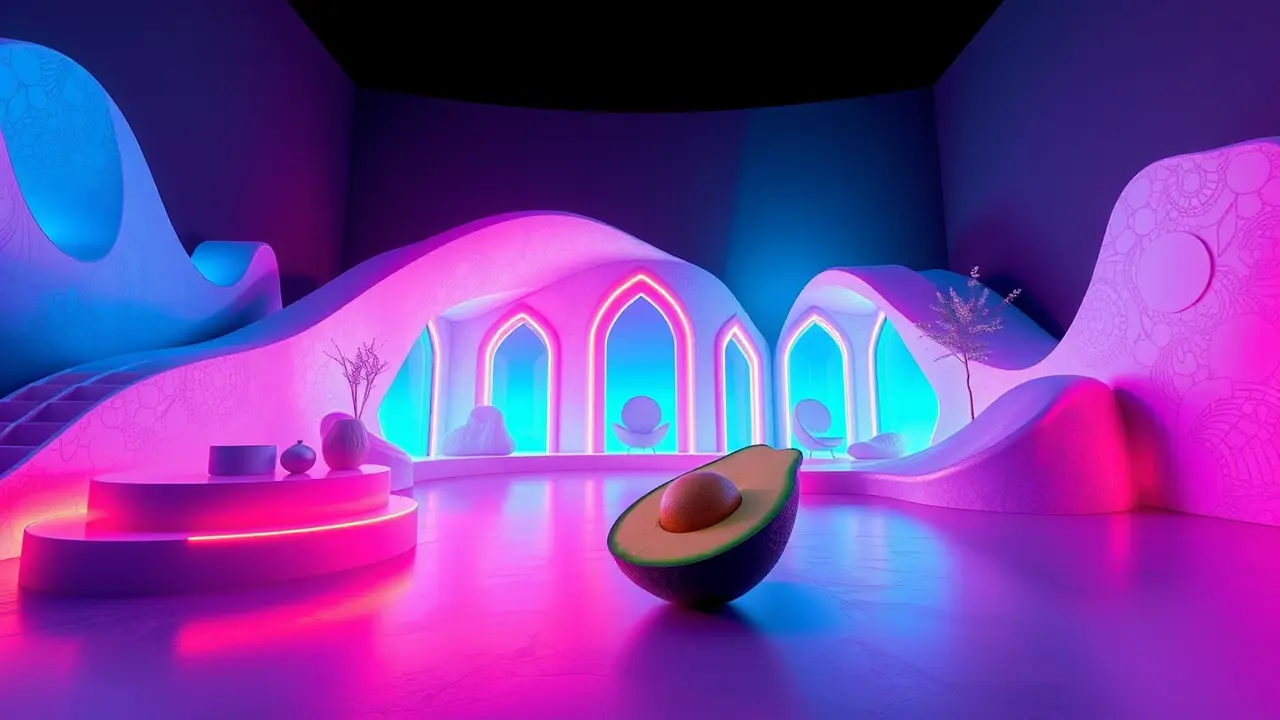
AIgenerative ai3D and Animation
AI Startup Adam Raises $4.1M for Text-to-3D Tool
SO
Sophia King
3 days ago7 min read
In a move that feels less like a traditional funding round and more like a gallery opening for the next generation of digital artisans, the AI startup Adam has successfully secured a $4. 1 million seed investment, a powerful validation of its vision to transform textual whispers into tangible, three-dimensional worlds.This financial endorsement arrives on the heels of a staggering viral moment for the company's text-to-3D model app, which captivated the digital sphere by generating over 10 million social media impressions—a torrent of shared awe that demonstrated a profound public hunger for tools that dissolve the barriers between imagination and manifestation. For creatives, designers, and dreamers, this isn't merely another utility; it's a new brush, a fresh slab of digital clay.The process is akin to painting with words, where a simple prompt like 'a gothic cathedral made of weeping glass' or 'a cozy armchair shaped like a giant avocado' is interpreted by Adam's sophisticated algorithms, weaving together neural networks and generative adversarial processes to construct a fully realized, navigable 3D asset from a void of nothingness. This breakthrough sits at the vibrant intersection of art and engineering, a space where the logical precision of code meets the fluid intuition of artistic expression, echoing the revolutionary impact that tools like Midjourney and DALL-E had on 2D imagery but pushing boldly into the more complex, volumetric realm.The significance of this leap cannot be overstated; while 2D image generation has become almost commonplace, crafting a coherent 3D model from a description requires a deeper, more holistic understanding of form, lighting, texture, and physical structure—a challenge Adam appears to be meeting with a unique, almost sculptural finesse. The funding, led by forward-thinking venture firms that likely see the immense potential in the burgeoning metaverse and virtual production industries, will undoubtedly fuel the next phase of Adam's evolution, potentially focusing on refining the photorealism of its outputs, expanding its asset libraries, and forging crucial integrations with popular platforms like Unity, Unreal Engine, and various AR/VR ecosystems.Imagine a future where filmmakers can prototype entire sets overnight, game developers can populate vast worlds with unique assets described in plain English, and architects can iterate on client visions in real-time, all without the weeks of manual labor currently required by 3D modeling suites. This is the promise Adam holds—a future where the latency between a creative spark and its three-dimensional realization is reduced to mere seconds.However, this new frontier is not without its shadows and questions. As with any powerful creative tool, issues of copyright, originality, and the potential for generating malicious or deceptive 3D content loom large.The very ease of creation could flood digital marketplaces, devaluing the work of traditional 3D artists while simultaneously opening up unprecedented opportunities for a new class of 'prompt engineers' and digital sculptors. The ethical canvas, much like the digital one, remains unpainted, awaiting the careful strokes of policy and community standards.Yet, for now, the overwhelming feeling is one of exhilarating possibility. Adam's successful seed round is more than just a financial transaction; it's a referendum on a future where our digital and physical realities blend more seamlessly, where anyone with a vivid idea and the right words can become a builder of worlds. It's a testament to the growing belief that the next great artistic renaissance won't be painted on canvas or carved from marble, but will be coded, generated, and experienced in the boundless, immersive spaces that tools like Adam are just beginning to unlock.
#weeks picks news
#Adam
#text-to-3D
#AI copilot
#Y Combinator
#seed funding
#$4.1M
#generative AI
Stay Informed. Act Smarter.
Get weekly highlights, major headlines, and expert insights — then put your knowledge to work in our live prediction markets.
Related News
© 2025 Outpoll Service LTD. All rights reserved.



